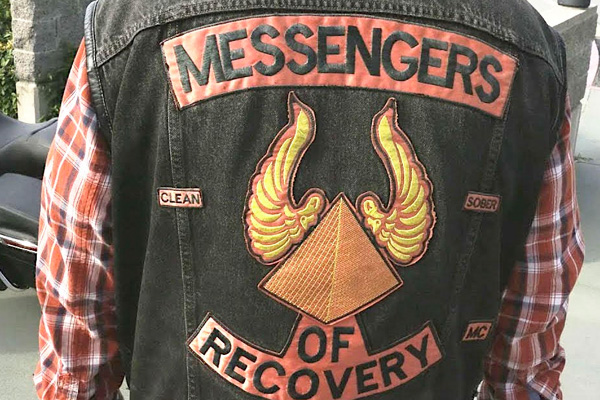Only The Living Can Get Clean –
APRIL 5, 2019 – The logic for overdose prevention sites is simple. Opioids kill by shutting down the brain’s respiratory center. Breathing slows, then stops. An individual who has overdosed on opioids will die from lack of oxygen in a matter of minutes. That’s plenty of time for a trained person on the scene to administer naloxone, which re-starts breathing immediately. But it isn’t enough time for an ambulance to arrive after a 911 call. Overdose prevention sites, also known as supervised injection facilities, offer a clean, safe environment in which people can inject drugs they have purchased elsewhere under the supervision of medical staff, who act much like lifeguards do at a swimming pool. Staff members are always on the scene and armed with naloxone, which they can readily administer if needed so no overdose becomes a fatality.
At the same time, the staffers make connections with people who are using drugs that can become the first step to recovery from drug addiction. These sites also provide sterile injection supplies, offer basic medical care, and serve as an entry point into drug treatment. In all, the facilities keep people alive during the drug-using phases of their lives, while also offering them a hand up to a new and better life. The Netherlands, Switzerland, and Germany have had overdose prevention sites since the 1990s, and there are now more than 100 such facilities in Europe, Australia, and Canada. We know they reduce overdose deaths. Insite, the first overdose prevention facility in North America, opened in Vancouver, Canada, in 2003. Since then it has managed thousands of drug overdoses without a single fatality on site. One study showed about a 30 percent reduction in the rate of drug overdose deaths in the neighborhood immediately around the facility.



